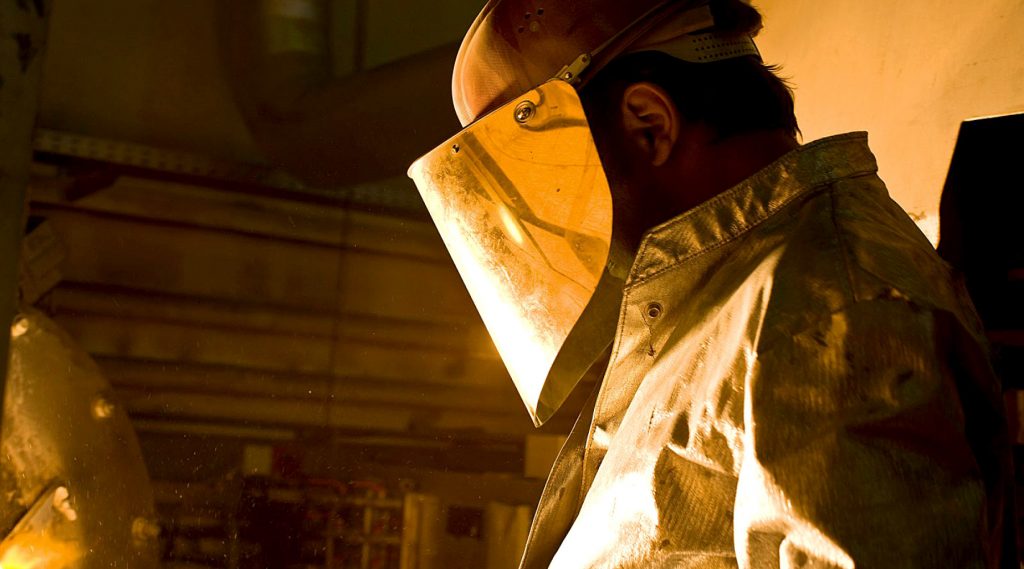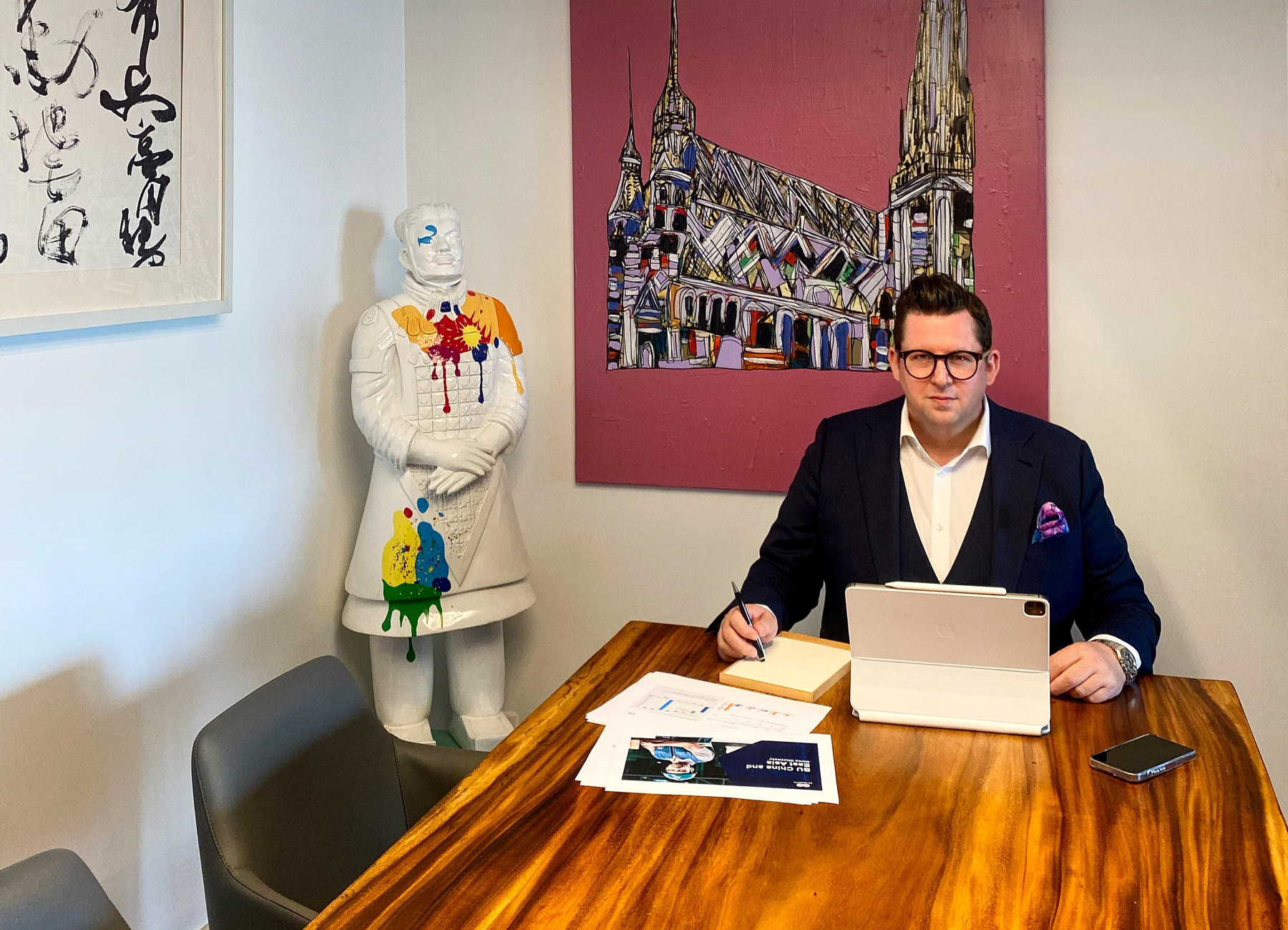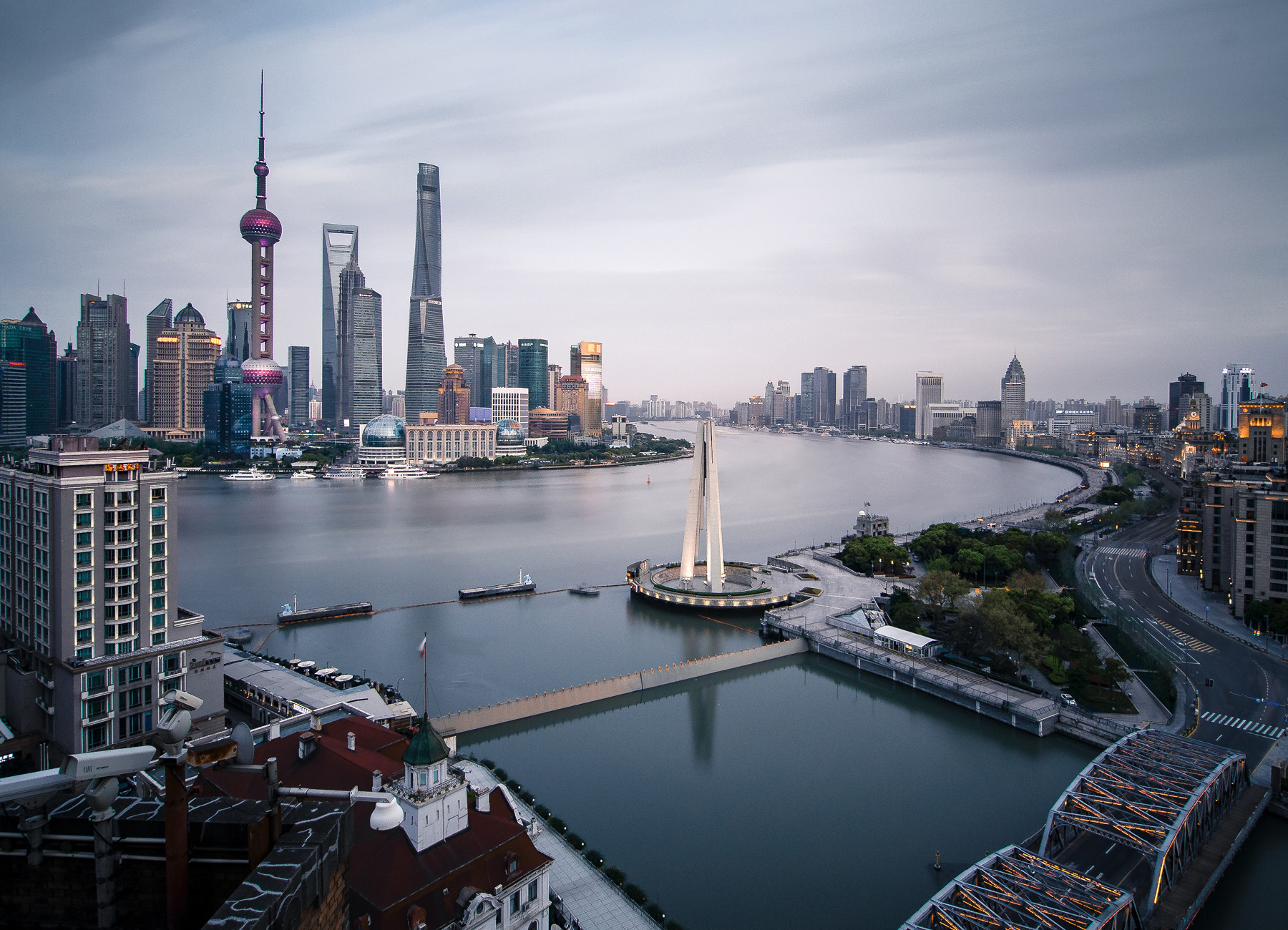Globalisation brought the world together, facilitated increased international trade and investment, and made everything feel closer. It also brought Marco Olszewsky to China, where he’s expanded RHI Magnesita’s presence in the fast-growing country.

Countries like China embraced globalisation as it became a manufacturing hub and boomed economically. Firms like RHI Magnesita embraced globalisation, too, becoming the world leader in refractive minerals, which are used to make products at high temperatures such as steel, cement and glass.
Marco is the President China and East Asia with RHI Magnesita and speaks of “regionalisation” – while not abandoning globalisation – as a strategy for success in a climate of pandemic uncertainty, supply chain challenges and geopolitical tensions.
Globalisation is still important, Marco stresses. But regionalism is becoming a priority as it allows firms to focus on suppliers and customers closer to home rather than across continents and oceans.

It’s not about being 100 per cent regional or 100 per cent global. It is possible to have a smart approach, the best of both worlds.
“Regionalisation is necessary to survive when you have a global network, and supply chain issues are more of a when, not an if,” Marco tells The CEO Magazine. “It’s not about being 100 per cent regional or 100 per cent global. It is possible to have a smart approach, the best of both worlds, where you can create a combination of both.
“It’s about being close to the customer, having a very close understanding of what the customer needs, reacting fast and being solutions driven.”
Growth in China
Vienna-based RHI Magnesita – which dates back to 1834 – is a global leader in supplying high-grade refractory products that are used in high-temperature industrial processes exceeding 1,200 degrees Celsius.
Refractory products are so necessary for industrial process that “95 per cent of a car is produced with our materials,” Marco says.
As the world’s second-largest economy, China has become a priority for RHI Magnesita, which entered the country nearly 30 years ago. The country’s fast growth and robust focus on new construction over the past three decades has fuelled a demand for refractory products. China produces more than half of the world’s cement, steel, aluminium and glass.

What we produce is tailor-made for the region.
“China and East Asia are key pillars of growth for RHI Magnesita in the future,” Marco says. “There is a lot of room for growth, but it must be sustainable growth, not short-term time growth.”
This strategy of sustainable growth dovetails with the company’s strategy of regionalisation. It operates four plants in China – in Bayuquan, Dalian, Chizhou and Chongquing – along with a dolomite mine established in 2020, which makes it a fully backward integrated producer, according to Marco.
Benefits of regionalisation
Its mine received a coveted “Green Mining Certificate” from the government – an incredible achievement, Marco says, since a foreign company owning a mine in China is “almost impossible”. But owning a mine and obtaining the green certificate were company objectives, he explains, saying RHI Magnesita wanted to be a “frontrunner” and use the project as a showcase of its “state-of-the-art technologies”.
The mine fits into its strategy of regionalisation, too. Marco explains, “What we produce is tailor-made for the region,” with perhaps 10-to-20 percent exported to other markets.”
Marco says the difficulties posed by the COVID-19 pandemic were challenging. “It’s our regionalisation that helped us because we had the production sites in China. It was very close to the customer and we were able to build trust through reliability.”
Part of the regionalisation plan also included investing in innovation and moving toward being carbon neutral in its operations. RHI Magnesita opened an important research and development hub in Shanghai, specialising in automation and digitalisation. “The initiatives are coming from China, and we roll them out worldwide,” Marco says.
Understanding the culture
Marco arrived in China in 2006 as the country was rapidly expanding economically. “China welcomed me very nicely,” Marco says fondly of his adopted home. He remains bullish on the country and counsels other executives to make the effort to understand it deeply.

China offers many opportunities for foreign companies, but these companies need to ensure they understand the country and how it works.
“What helps a lot is to understand the culture and understand what the customer needs and what drives them,” he says. “China offers many opportunities for foreign companies, but these companies need to ensure they understand the country and how it works.
“I’ve been here for 16 years and see so many companies are failing. I think it takes some time to understand and appreciate what China is doing.”


